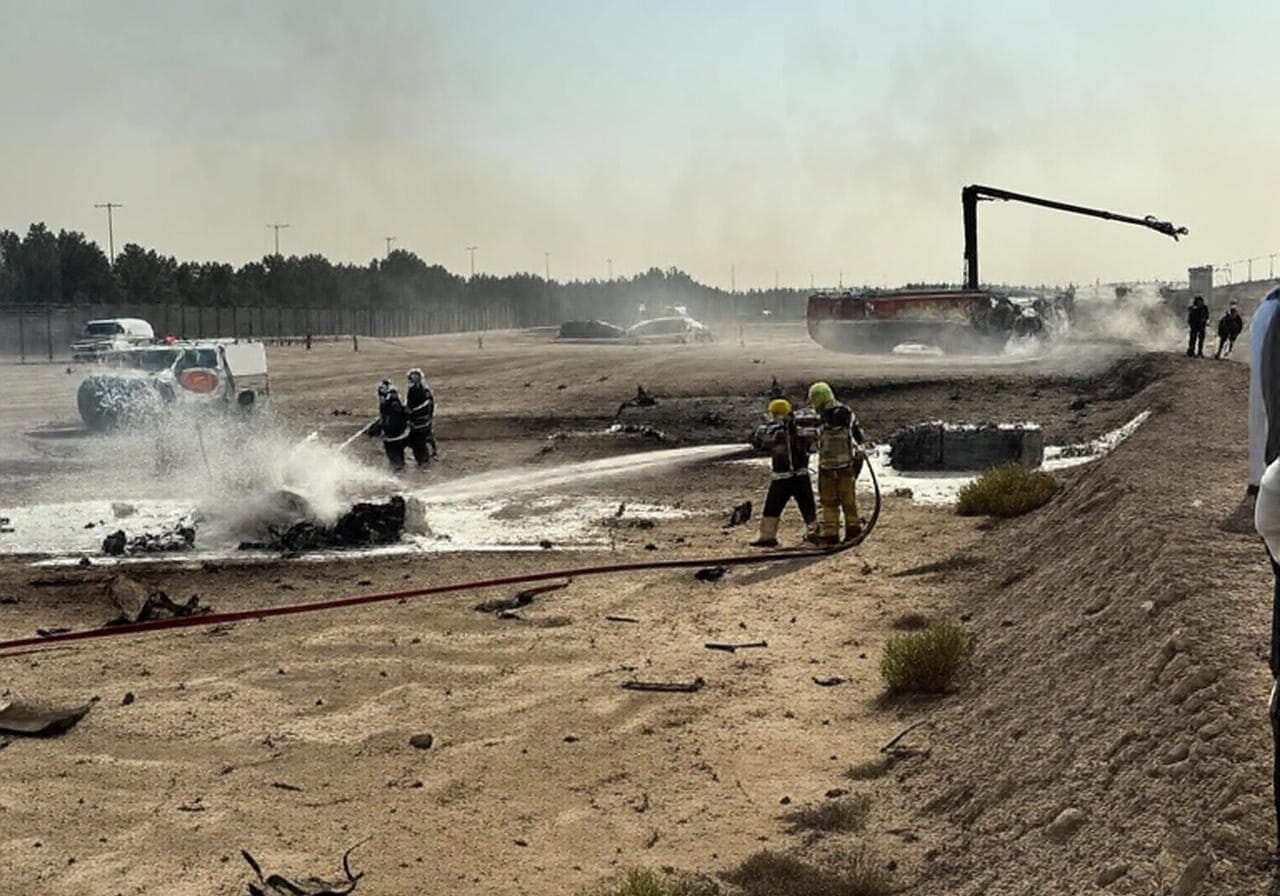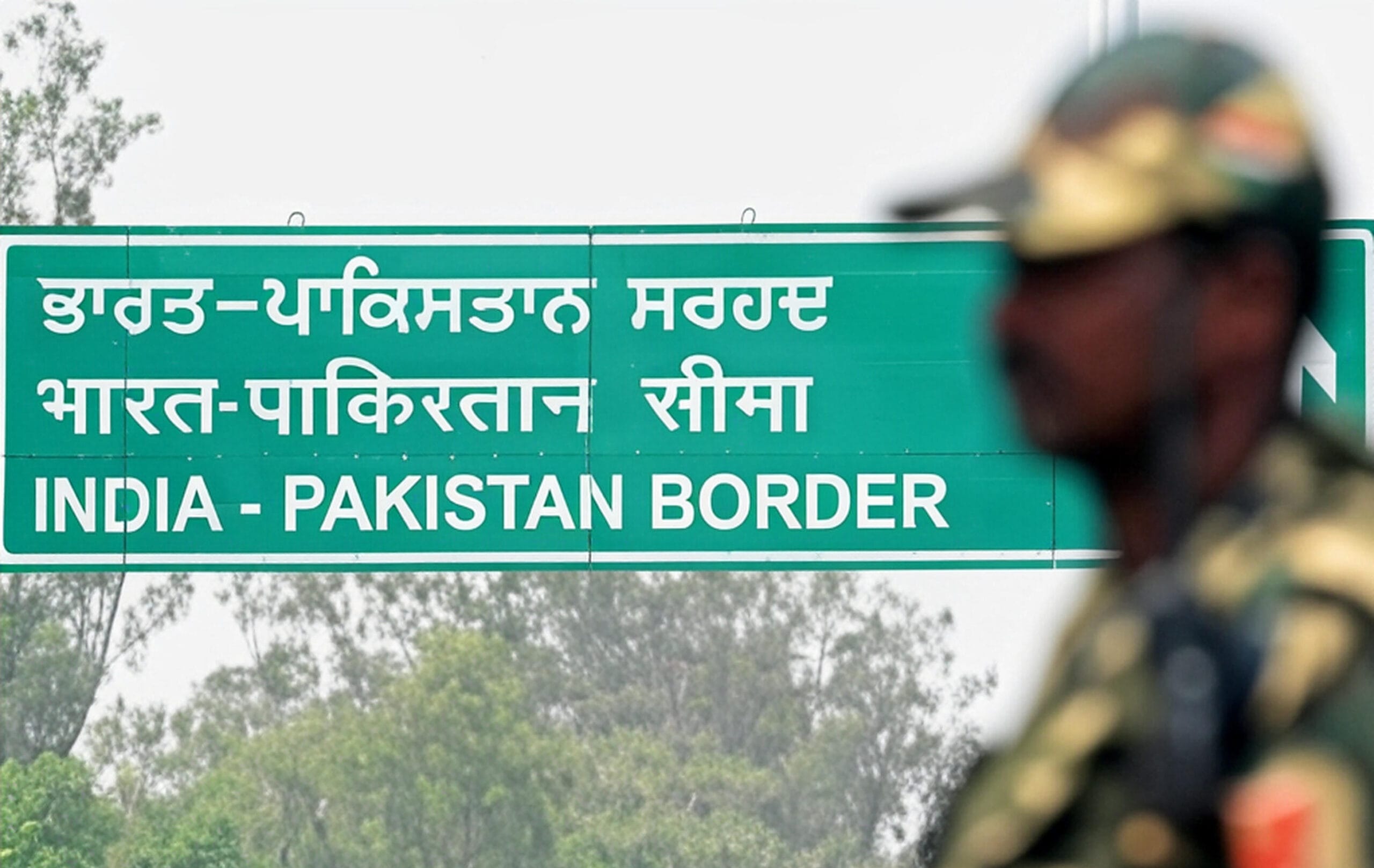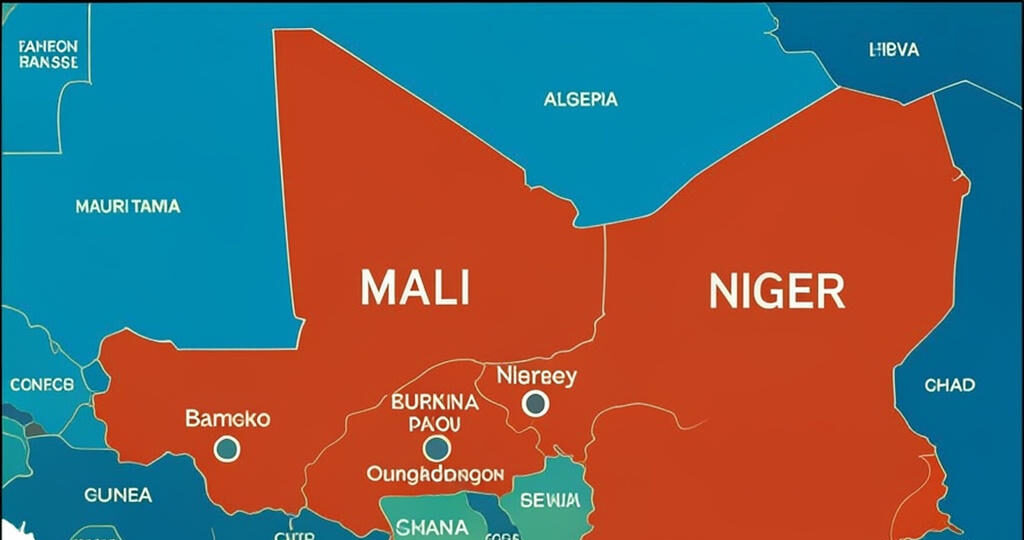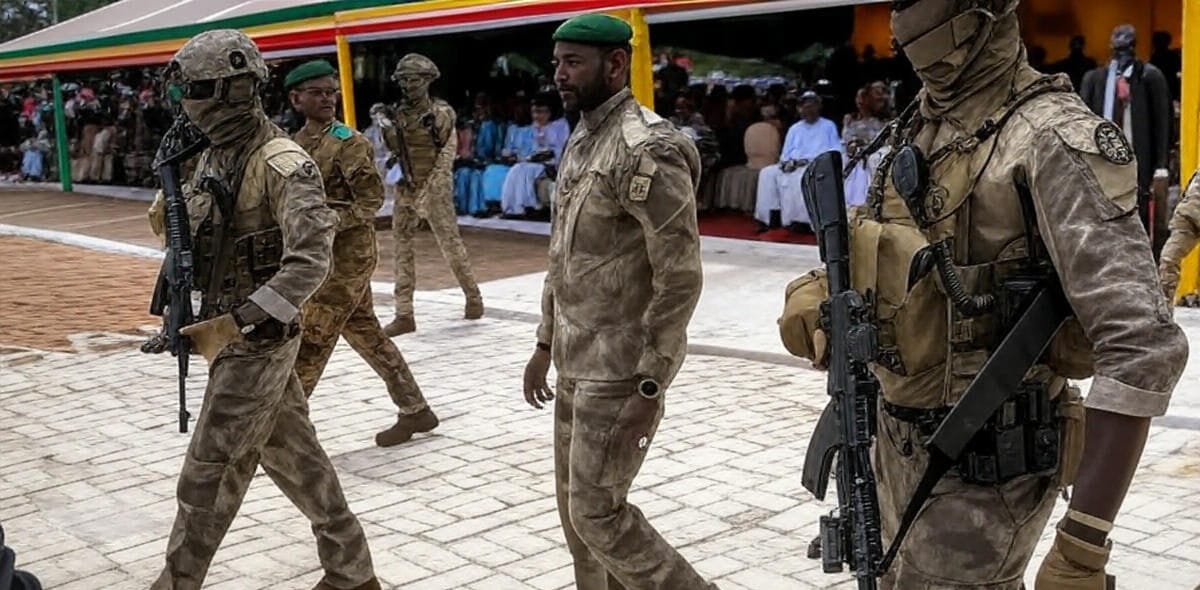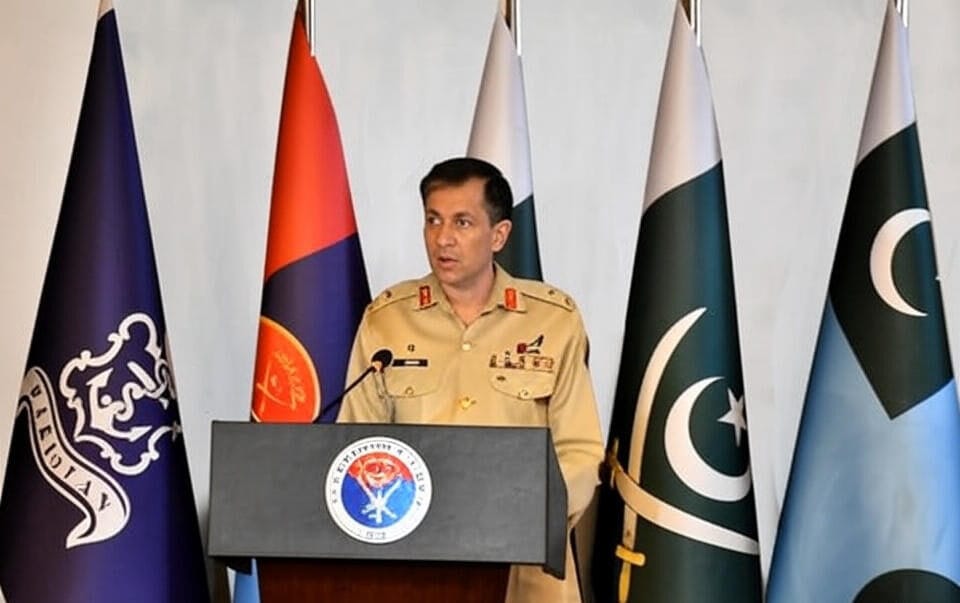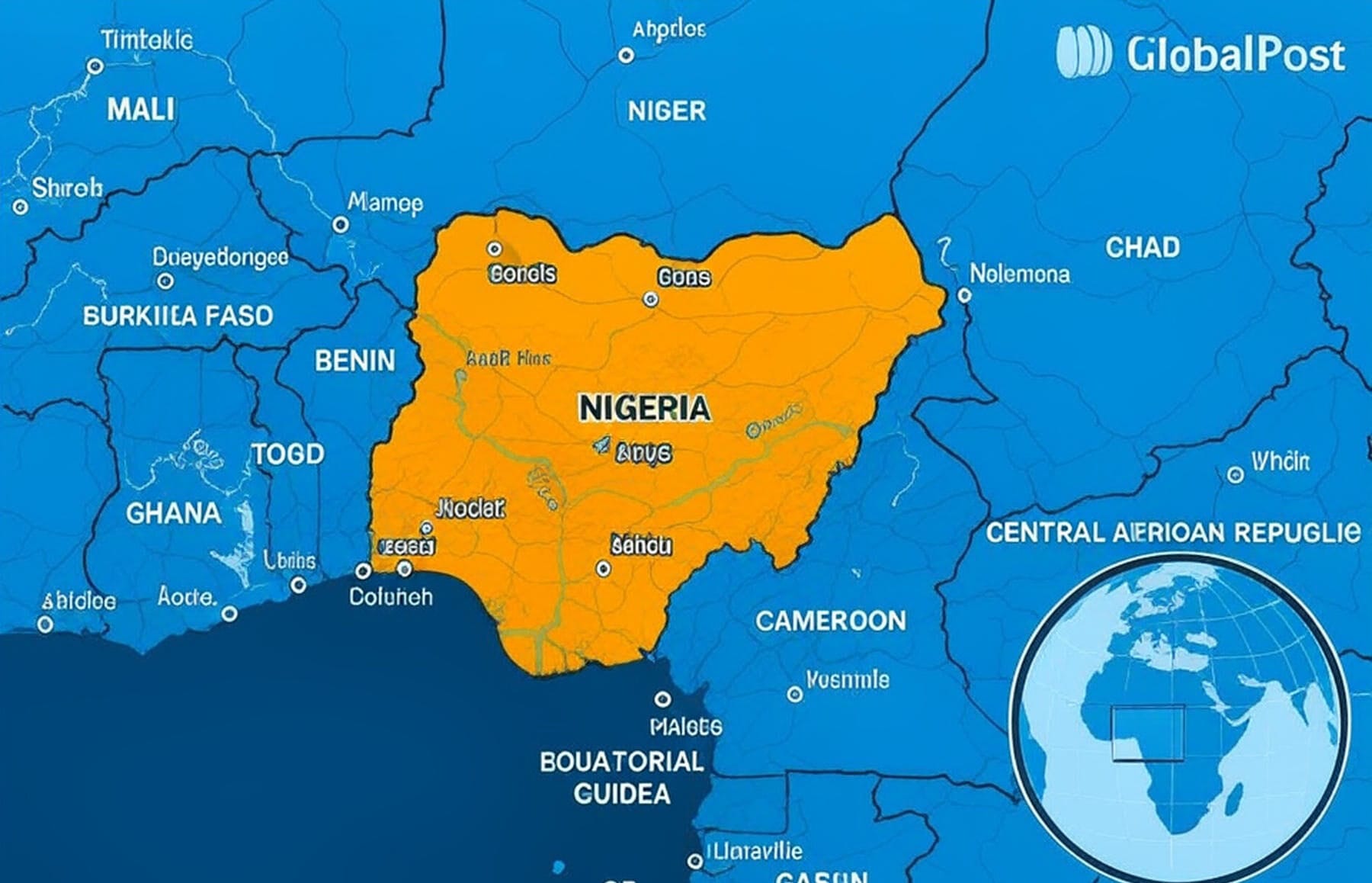
In a dramatic escalation of U.S. foreign policy in Latin America, President Donald Trump has confirmed the authorization of Central Intelligence Agency CIA covert operations in Venezuela aimed at pressuring President Nicolás Maduro’s regime. This move, revealed on October 15, 2025, during a White House press conference, builds on a series of maritime strikes against alleged drug-trafficking vessels and coincides with a significant U.S. naval buildup in the Caribbean. As tensions simmer, the operations—potentially including lethal actions—signal a renewed push for regime change, raising alarms about regional stability, international law, and the specter of broader conflict in the Western Hemisphere.
Historical Context of U.S.-Venezuela Tensions
The strained relationship between Washington and Caracas dates back to the early 2000s under Hugo Chávez, but it has intensified under Maduro’s leadership since 2013. The U.S. has imposed crippling economic sanctions, recognized opposition figures like Juan Guaidó as interim president in 2019, and accused Maduro of narco-terrorism. Trump’s second term has amplified these efforts, framing Venezuela as a linchpin in the fentanyl crisis ravaging American communities.
Key Milestones in Escalation
- 2019 Guaidó Recognition: The U.S. backed a short-lived challenge to Maduro’s authority, leading to widespread protests and sanctions.
- 2020 Naval Exercises: Similar deployments in the Caribbean tested Maduro’s resolve but stopped short of direct action.
- 2025 Drug Cartel Designations: Trump labeled groups like Tren de Aragua as terrorist organizations, justifying military interventions.
This history underscores a pattern of economic coercion evolving into overt military posturing, with the latest CIA directive representing a pivotal shift toward clandestine engagement.
Details of the CIA Authorization
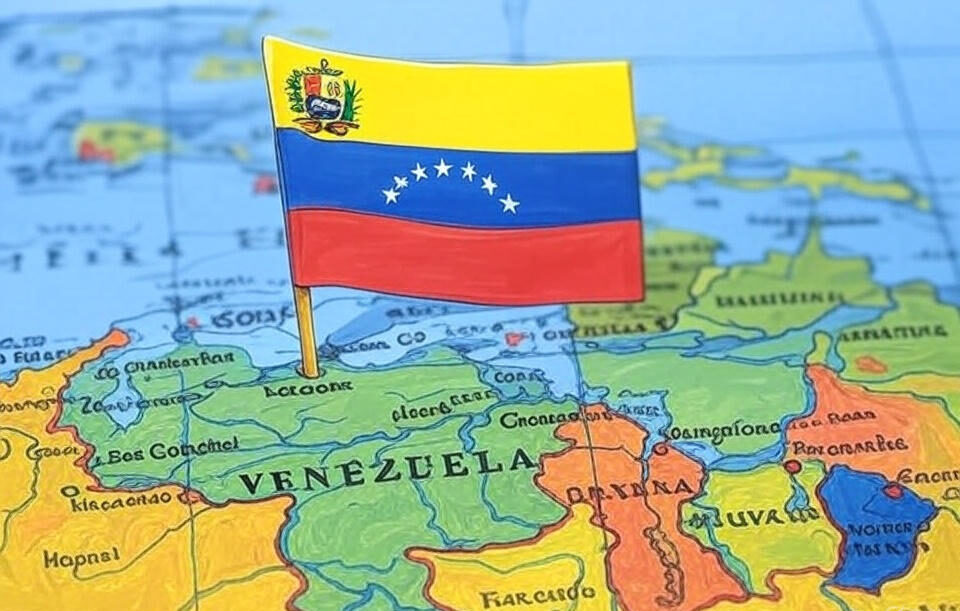
According to U.S. officials cited in multiple reports, the classified directive empowers the CIA to conduct a spectrum of operations, from intelligence gathering to lethal strikes against Maduro’s inner circle or associated cartels. Trump, when pressed on whether the agency could “take out” Maduro, dismissed the query as “ridiculous” but affirmed the operations target drug flows and migrant caravans originating from Venezuela. The strategy, spearheaded by Secretary of State Marco Rubio and CIA Director John Ratcliffe, aims to destabilize the regime without committing to a full invasion.
Operational Scope and Limitations
While the authorization permits unilateral or joint actions with military units, it explicitly avoids regime change as a stated goal—though analysts interpret it as such. Operations may extend across the Caribbean, leveraging assets like P-8 spy planes and MQ-9 Reaper drones. However, legal constraints under international law and domestic oversight, including congressional notifications, temper the scope, preventing outright assassination without provocation.
Maduro’s response has been swift and defiant. On October 16, he decried the moves as “CIA-orchestrated coups d’état,” mobilizing the Bolivarian National Armed Forces and civilian militias for coastal defenses. Venezuelan officials, supported by allies Russia and China, have lodged complaints with the United Nations, accusing the U.S. of violating sovereignty and using anti-drug rhetoric as a pretext for imperialism.
U.S. Naval Deployments in the Caribbean
Complementing the CIA’s covert mandate, the U.S. military has amassed an unprecedented presence in the southern Caribbean since late August 2025. Approximately 10,000 troops, including special operations forces from the 160th Special Operations Aviation Regiment, operate from Puerto Rico’s reactivated Naval Station Roosevelt Roads. This deployment, ostensibly for counter-narcotics, positions advanced assets for potential escalation.
Assets and Strategic Positioning
- Warships and Submarines: Eight vessels, including guided-missile destroyers like the USS Jason Dunham and the nuclear-powered USS Newport News submarine, patrol international waters off Venezuela’s coast.
- Air Support: Ten F-35 stealth fighters and B-52 bombers conduct flyovers, with MQ-9 drones providing real-time surveillance.
- Logistics: Replenishment ships ensure sustained operations, while Coast Guard cutters intercept smuggling routes.
These forces have already sunk multiple Venezuelan-flagged boats suspected of cartel ties, resulting in over 30 deaths and prompting Maduro to declare a “republic in arms.” Experts note the buildup exceeds typical drug interdiction needs, suggesting preparation for precision strikes or support for internal dissent.
Regional and Global Implications
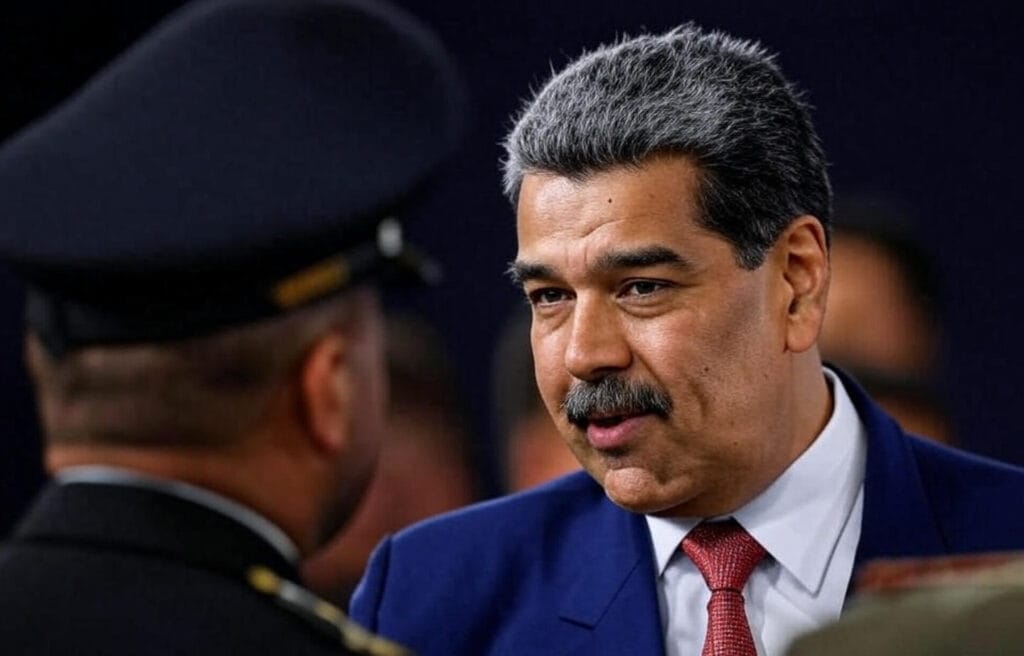
The convergence of covert operations and naval might risks a humanitarian catastrophe in a nation already reeling from economic collapse, with over 7 million refugees displaced since 2014. Latin American neighbors, including Colombia’s Gustavo Petro, have expressed unease, warning of spillover violence and migration surges. Internationally, the moves strain U.S. relations with BRICS nations backing Maduro, while evoking Cold War-era interventions that fueled anti-American sentiment.
Potential Outcomes and Risks
- Regime Collapse Scenario: Sustained pressure could fracture Maduro’s coalition, paving the way for elections but inviting power vacuums exploited by cartels.
- Escalatory Conflict: Venezuelan F-16 flyovers and militia mobilizations heighten miscalculation risks, potentially drawing in Cuban or Iranian advisors.
- Diplomatic Backlash: A UN Security Council showdown looms, with veto threats from Russia and China complicating U.S. isolation efforts.
Economically, disruptions to Venezuela’s oil exports—critical for global markets—could spike prices, affecting U.S. consumers amid ongoing inflation concerns.
Pathways to De-escalation
Amid the brinkmanship, glimmers of negotiation persist. Opposition leader María Corina Machado advocates Venezuelan-led change, urging Washington to prioritize diplomacy. Trump has hinted at incentives, such as lifting sanctions in exchange for Maduro’s exile, echoing past Venezuela strategies. Multilateral forums like the Organization of American States could mediate, but success hinges on verifiable commitments to free elections.
In conclusion, the U.S. authorization of CIA operations in Venezuela marks a perilous chapter in hemispheric relations, blending counter-terrorism imperatives with geopolitical ambitions. As naval shadows lengthen across the Caribbean, the international community watches warily, hoping cooler heads prevail to avert a crisis that could redefine Latin America’s future. For ongoing analysis on U.S. foreign policy and regional security, subscribe to our newsletter.
(Word count: 842)
References
- The New York Times: Trump Administration Authorizes Covert C.I.A. Action in Venezuela
- Reuters: Trump authorizes CIA operations in Venezuela, raising pressure on Maduro
- Al Jazeera: Trump approves CIA operations in Venezuela: What we know, and what’s next
- The Guardian: Trump says he authorized covert CIA operations in Venezuela as Maduro decries the move
- The Washington Post: Trump says he authorized covert CIA action in Venezuela
- CNN: Trump and Maduro are both amassing military forces as tensions build in the Caribbean
- Wikipedia: 2025 US Caribbean naval deployment
- Business Insider: See all the ships that the US military has deployed to the Caribbean amid tensions with Venezuela
